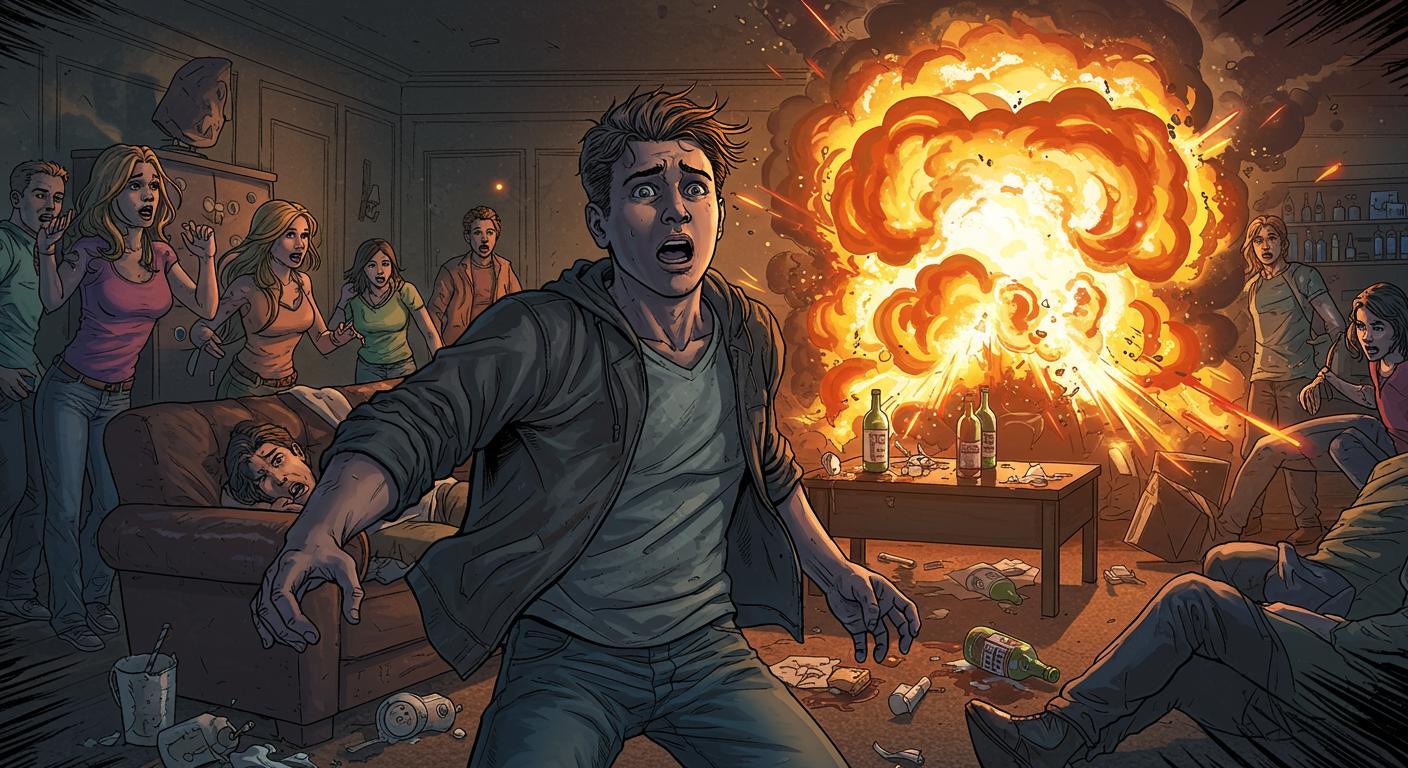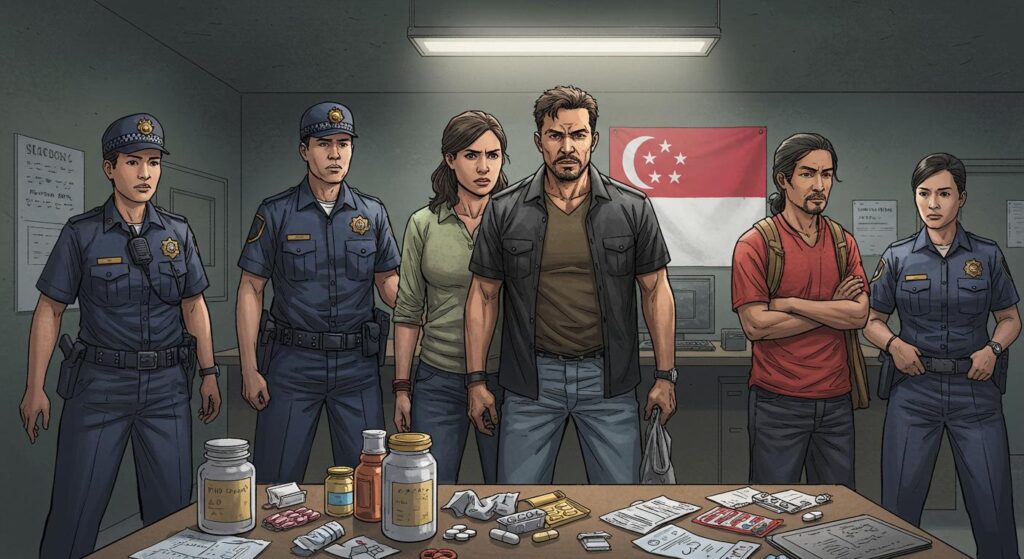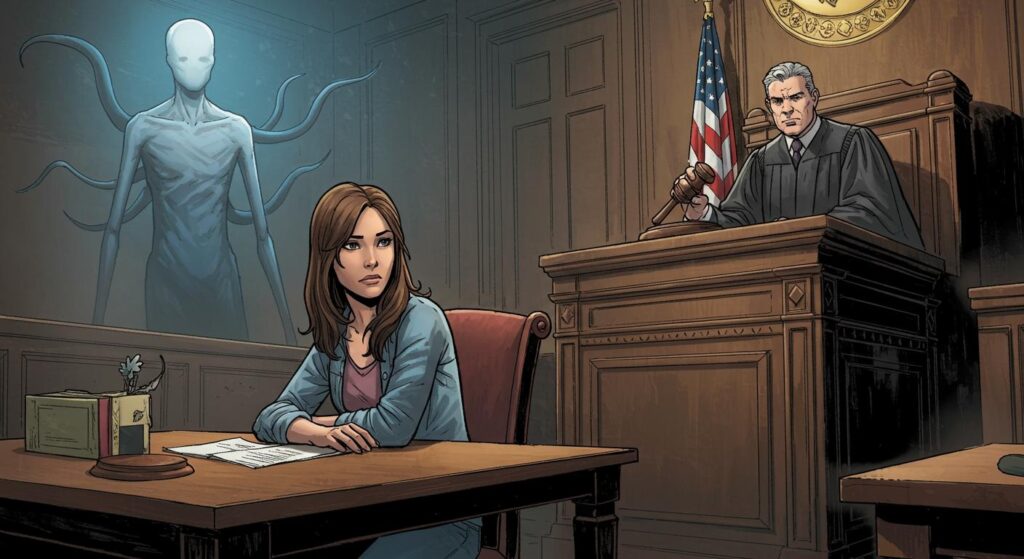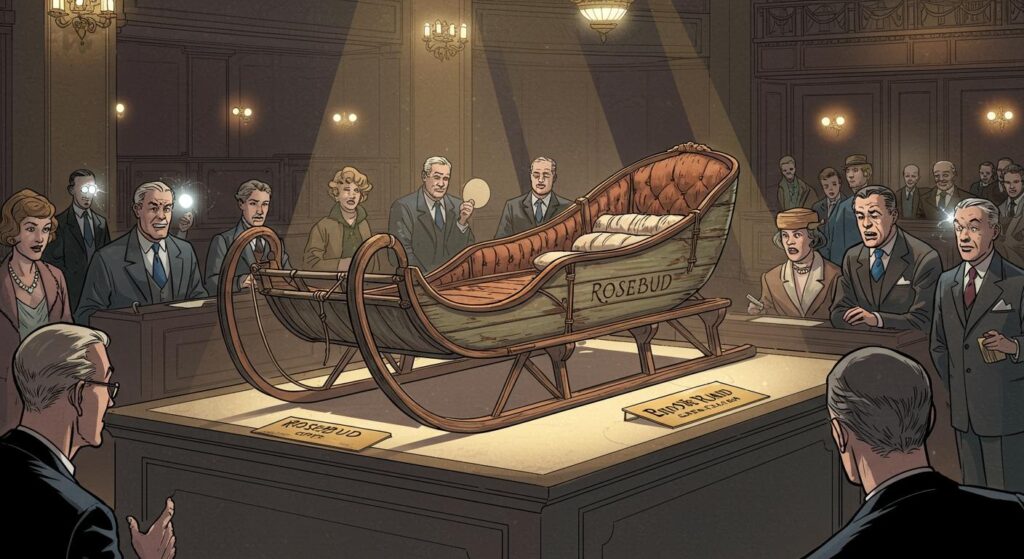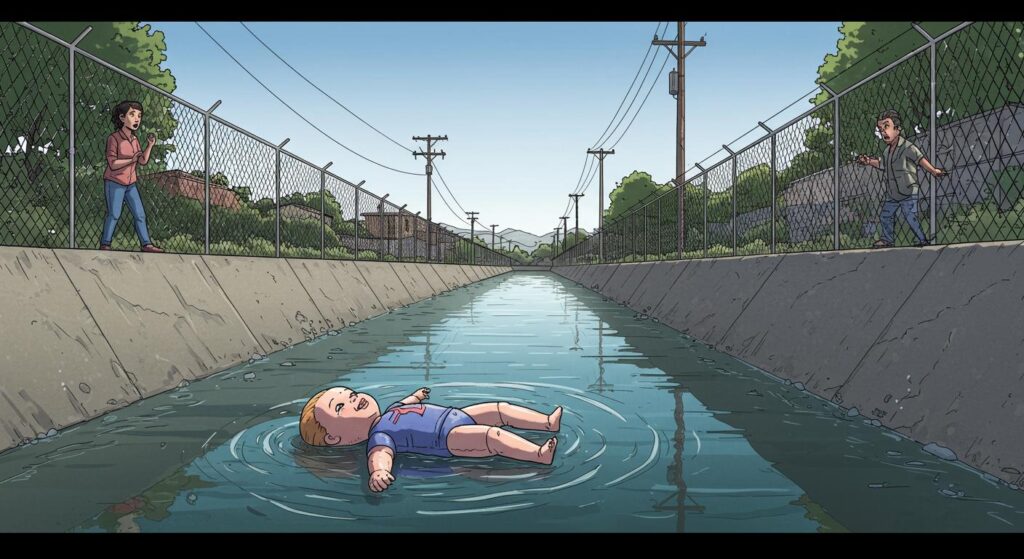Leave it to American campus culture to transform a classic campfire gathering into the kind of headline that sounds like an urban legend, but is, in fact, all too real. The latest twist: a lawsuit involving a 22-year-old college student, a bottle of Everclear, and an explosive demonstration of why “don’t play with fire” wasn’t just busywork advice from your childhood babysitter.
A Campfire, a Questionable Decision, and Catastrophic Results
A night that began as an ordinary fireside gathering at Worcester Polytechnic Institute’s Zeta Psi fraternity veered sharply into the realm of cautionary tale, as recounted by WIS-TV. Yvette Digan, 22, was reportedly enjoying a conversation with others when the unexpected occurred. Drawing from information gathered by surveillance footage and legal filings outlined in both WIS-TV and Boston 25 News, someone poured 190-proof Everclear onto the fire. The result: an “enormous fireball” that engulfed Digan and triggered absolute chaos.
Earlier in the report, WIS-TV notes that fraternity members scrambled to help, with several tackling Digan to extinguish the flames before calling an ambulance. Digan’s own words, cited in both the lawsuit and coverage by Boston 25 News, capture the sudden horror: “Out of nowhere, I was set on fire and screaming. Multiple boys tackled me to take the fire out, and then they called the ambulance. It all became blurry, and I felt like I couldn’t feel my body or speak.” The burns she suffered are described as “catastrophic,” leading to permanent disfigurement and a long, painful recovery—details supported by the GoFundMe page launched in her name.
The Lawsuit: Alcohol, Warnings, and Where the Blame Lands
Turning to the legal response, Boston 25 News highlights that Digan and her attorneys have filed suit against the maker of Everclear. The heart of the complaint lies with the alcohol’s extreme flammability—Everclear clocks in at 95% ethanol, or 190-proof, which is the chemical equivalent of a tinderbox. Notably, the lawsuit asserts that Everclear’s manufacturer recently removed crucial safety warnings from its bottles, going so far as to describe the product as safe for use near open flames and stoves.
Attorneys for Digan argue—as documented by Boston 25 News—that high-proof alcohol presents unique dangers, with its vapors ready to ignite even at room temperature. The lawsuit also contends that clear, unequivocal warnings are necessary, especially considering the environments in which such a product is commonly found. WIS-TV corroborates these points, further noting that the attorneys believe the absence of explicit cautionary labels increased the risk on that fateful night.
The broader concern raised by both outlets is striking: Should manufacturers of ultra-high-proof liquors bear more responsibility for foreseeable misuse, particularly on college campuses where fire, bravado, and alcohol often meet? Or does the onus remain on individuals, especially those of legal drinking age, to recognize danger without needing it spelled out in bold lettering?
Fraternities, Fire, and the Myth of the Invincible College Student
There’s a perennial tendency to file this under “kids these days,” but both reports suggest the problem has less to do with generational failings and more with the persistent collision between risky decisions and potent substances. Instances where high-proof alcohol is pressed into service as a party prop are neither rare nor restricted to any zip code, as WIS-TV’s earlier reporting notes.
Yet, one can’t help but marvel at the apparent need in 2025 for labels to clarify, “Do not pour straight ethanol onto an open fire.” Is this a sign of litigation-happy times, or an honest assessment that, when under the influence, even the smartest individuals might rely on their worst instincts? It’s a curious societal footnote that only after disaster strikes do conversations about the adequacy of warnings and the boundaries of responsibility tend to catch fire themselves.
Still, for Digan, this isn’t an abstract exercise in assigning blame. The ongoing pain and recovery, underscored by her own statements and the media’s accounts, serve as grim reminders of how swiftly one moment’s lapse can echo into years.
Final Thoughts: The Anatomy of a Preventable Disaster
Perhaps the most striking aspect described in these reports is that nearly every element leading to the explosion was eminently avoidable. The science behind ethanol vapor’s flammability isn’t secret knowledge; it’s basic chemistry, often demonstrated in classrooms for exactly this reason. But as Boston 25 News notes, take away warnings, add a dose of “it-can’t-happen-to-me,” and disaster can unfold with remarkable speed.
Whether future lawsuits demand even louder labels, or whether peer awareness ultimately does the job, lingers as a question. Would another warning have prompted a pause before the liquid hit the flames that night—or was it just another incident destined to be filed under “truly, spectacularly preventable”?
Sometimes, the most astonishing stories aren’t about bizarre plots or outlandish conspiracies. Instead, they arise from the all-too-familiar mix of everyday routine and the refusal to believe that the worst-case scenario could ever be your own. And in this case, it turns out the only thing more incendiary than Everclear might just be human overconfidence.

